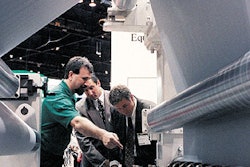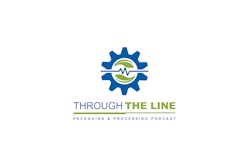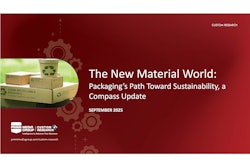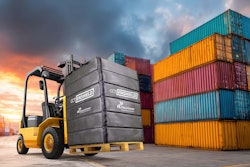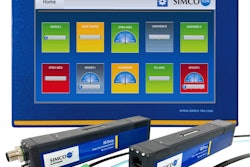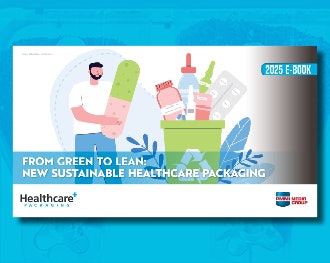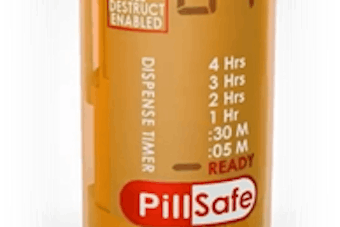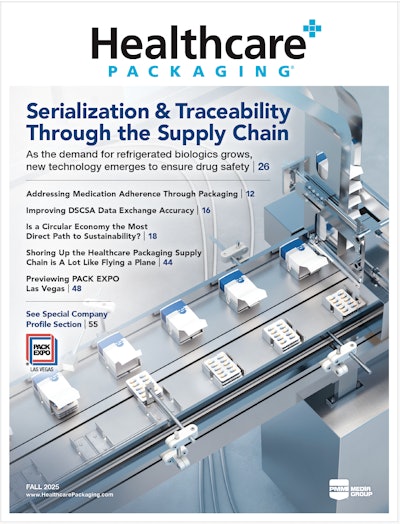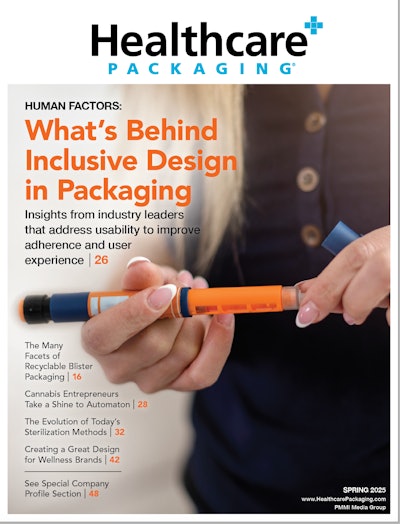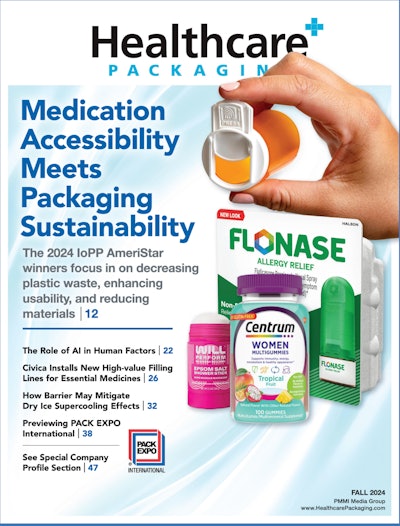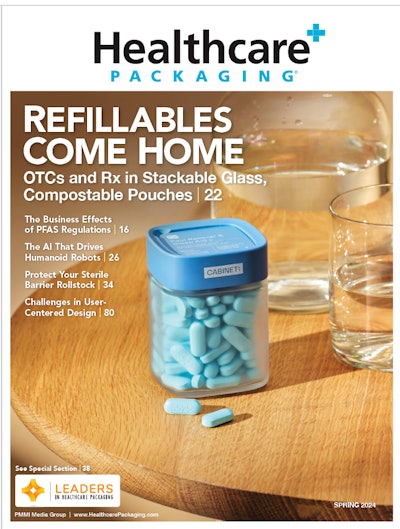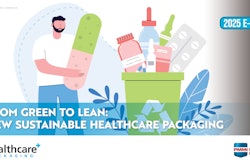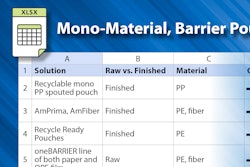"Grandparents who keep their prescription drugs in non-child-resistant pill boxes should be especially aware of this risk," said Soloway. "Child-resistant packaging doesn't work if it's not used properly." An immediate reaction would be to call for better packaging, labeling, warnings, etc. But then came this last statistic: About 30 children die from poisonings each year, down from 450 in the 1960s.
This reduction represents remarkable progress, and certainly packaging has contributed. While 30 poisoning deaths are a tragedy, considering the number of packages containing poisons brought into the home each year, the declining numbers are good news indeed.
--By Jim Chrzan, Publisher



